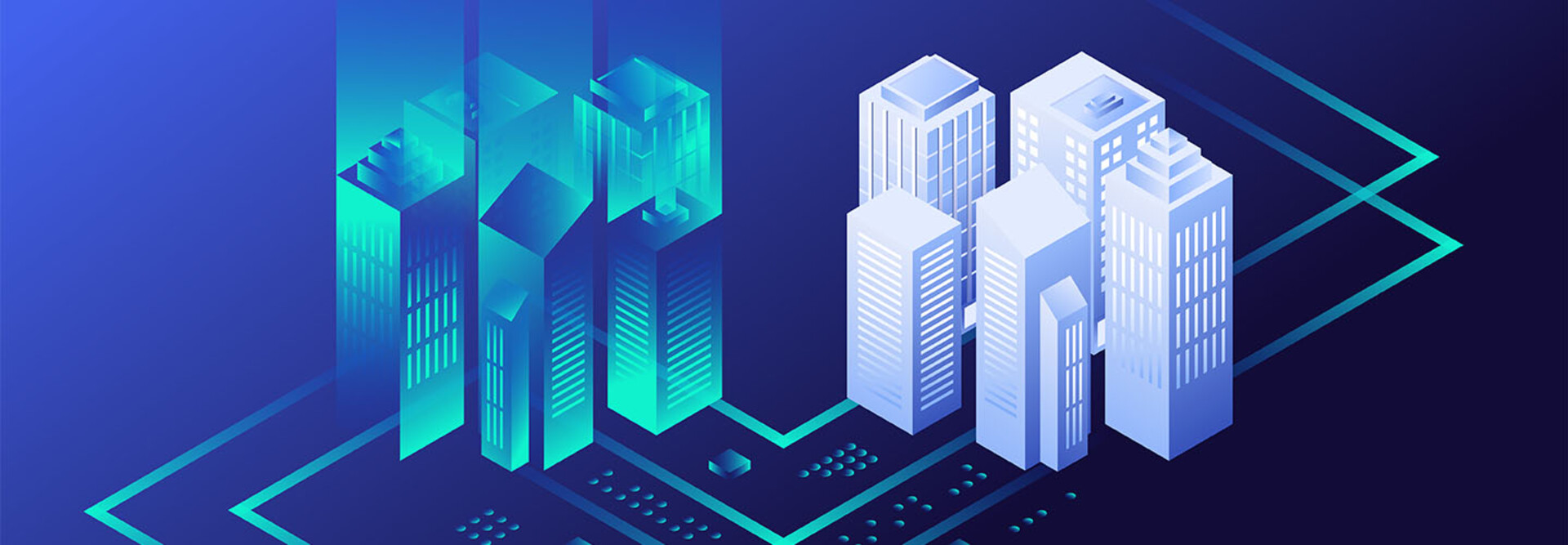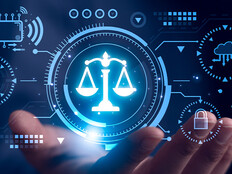1. Teams Can Instantly Detect Changes in the Electrical Grid
One major benefit of the industrial metaverse is that it can monitor equipment issues and hazardous conditions in real time so that any fluctuations in the electrical grid are instantly detected.
As they collect data and create simulations, digital twins can also function as proactive tools by predicting potential problems before they escalate.
“You can see which components are in early stages of failure,” a Hitachi Energy spokesperson notes in this article. “You can see what the impact of failure is and what the time to failure is, so you’re able to make operational decisions, whether it’s a switching operation, deploying a crew, or scheduling an outage, whatever that looks like.”
Thanks to the industrial metaverse, predictive maintenance will represent the largest share of the digital twin market through 2028, according to research firm MarketsandMarkets.
“Advancements in artificial intelligence (AI) and machine learning (ML) algorithms enhance the accuracy and effectiveness of predictive maintenance with digital twins,” the firm notes. “These technologies enable the detection of patterns and anomalies in data, identifying early warning signs of equipment degradation or failure. As AI and ML capabilities continue to improve, the predictive maintenance capabilities of digital twins are expected to become even more precise and reliable.”
RELATED: How Internet of Things devices impact the energy and utilities sector.
2. Digital Twins Optimize Operations and Cut Costs
Digital twins also make it possible for operators to simulate and test operational changes in virtual environments before real-world implementation, reducing excessive costs.
“While it will not totally replace on-site testing, it can significantly reduce physical testing, lower costs and contribute to an increased quality of the protection system,” Andrea Bonetti, a power system protection specialist at Megger, tells the Switzerland-based International Electrotechnical Commission.
Shell is one of several energy providers that use digital twins to enhance operations, according to Digital Twin Insider. The technology has enabled the company to recoup its initial investments and save approximately $3 million at its Nyhamna gas processing plant in Norway.
“Digital twin technology allows Shell to simulate scenarios, optimize energy use, and enhance production efficiency, maximizing gas and condensate production while minimizing energy consumption,” the article notes.
READ MORE: Can critical infrastructure companies defend against cyberthreats?
3. The Industrial Metaverse Can Be a Citywide Planning Resource
With the industrial metaverse and digital twins, E&U companies can visualize new infrastructure projects, forecast demand and test scenarios. These technologies enable utilities to simulate upgrades and optimize the placement of renewable assets.
“By creating a digital twin of a physical asset, you can tell a story that answers what-if questions, and present the insights, in an intuitive way,” IBM explains. In fact, IBM Maximo Application Suite “effectively creates the pages in that digital story, containing everything you need to know about a certain asset throughout its lifecycle.” The suite includes artificial intelligence, analytics and the Internet of Things.
For Steven Carlini of Schneider Electric, a digital twin could give IT leaders the power to visualize a town’s physical power system that is optimized and expanded with microgrids of renewables.
“A digital twin would be made for the new, local instance microgrid, which a local edge data center could operate and control,” he writes in Forbes. “The local digital twin would integrate into the digital twin of the original grid, and so on. Eventually, the large town industrial twin would be processing big amounts of live, local data to make or automate decisions and improve performance across the entire system.”
4. Organizations Can Create Immersive Training Environments
The industrial metaverse is also transforming how teams can virtually collaborate and gain hands-on training in immersive environments.
For example, Taiwan-based Delta Electronics uses NVIDIA Omniverse to connect 3D digital applications (universal scene descriptions, or USDs) in its production lines to a single asset pipeline for its teams to visualize project scenarios and collaborate closely.
“This allows all our files and data to be synced simultaneously, so team members can see updates in the USD stage and collaborate in real time,” notes Ares Chen of Delta Electronics in this NVIDIA blog. “USD enables seamless collaboration with each team member, so we can design a production line faster and more efficiently than before.”
The industrial metaverse’s simulation capabilities are also making the E&U industry safer and more efficient. At Duke Energy’s Oconee Nuclear Station in South Carolina, welders were able to use digital twins to simulate maintenance work before they set foot in a reactor unit, increasing worker safety and decreasing equipment downtime. For example, a recent motor replacement that usually takes 12 hours was done in less than three hours.











